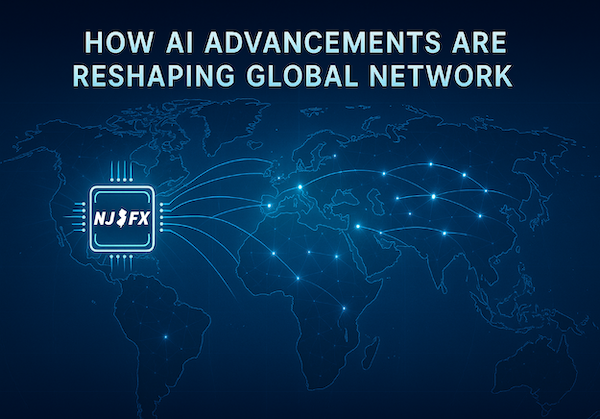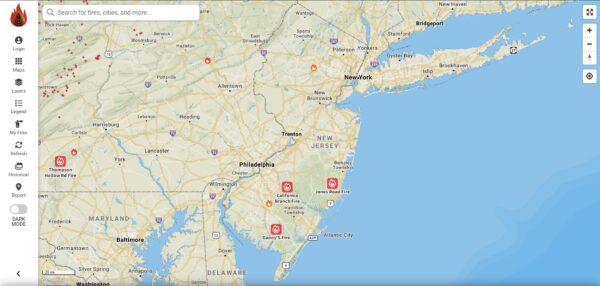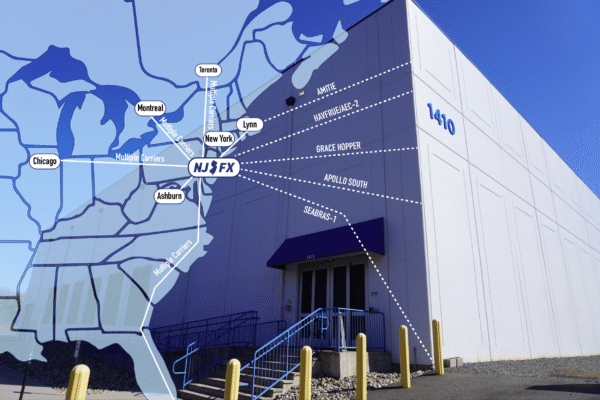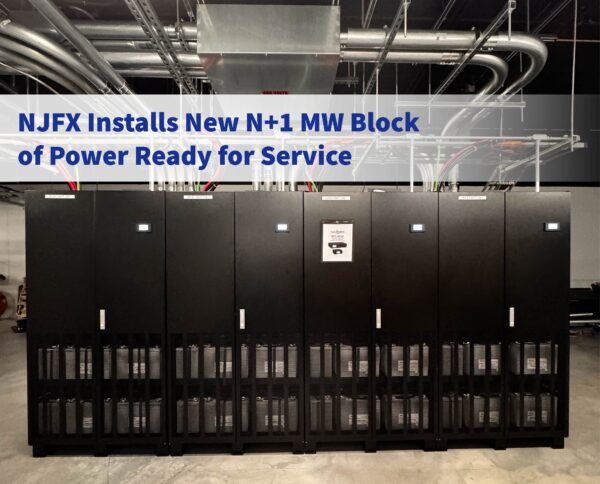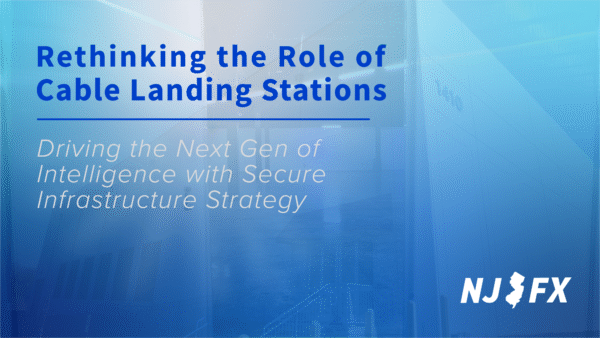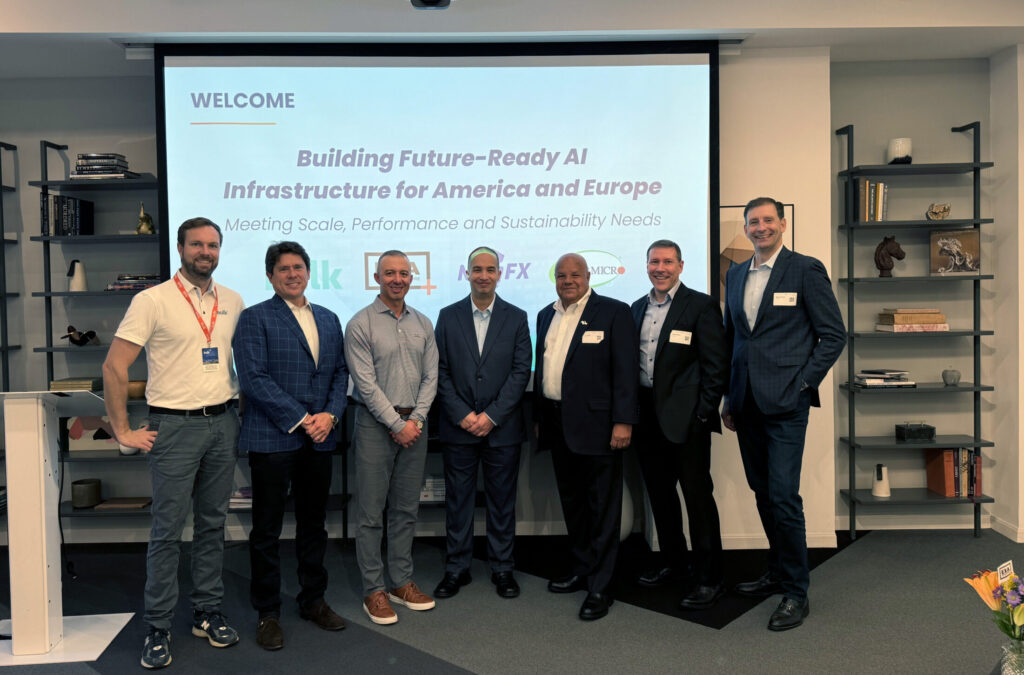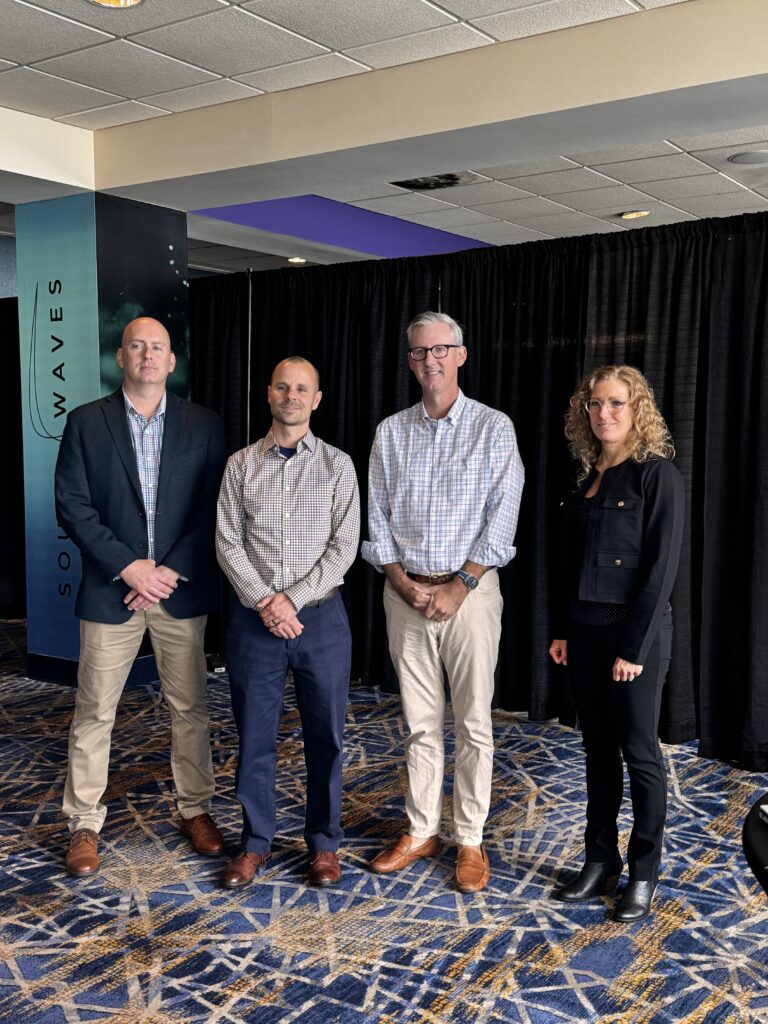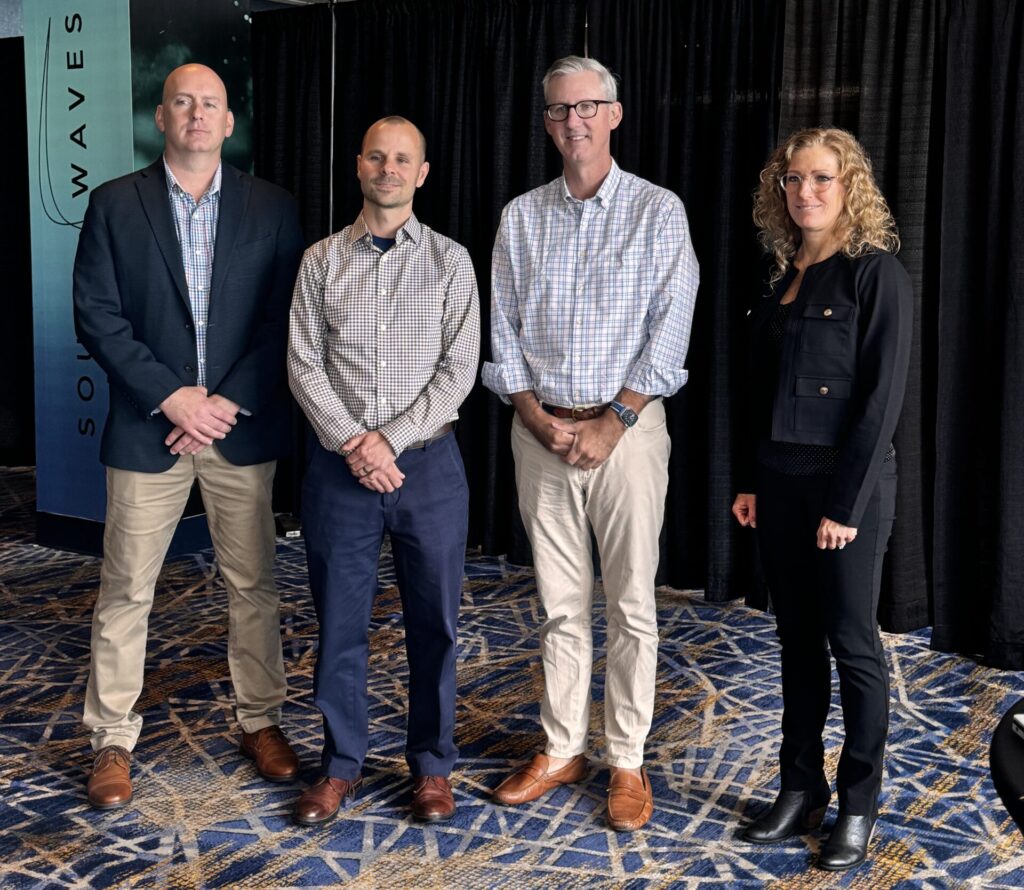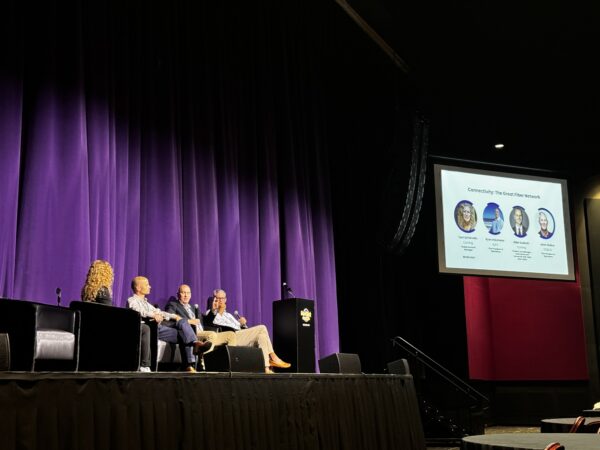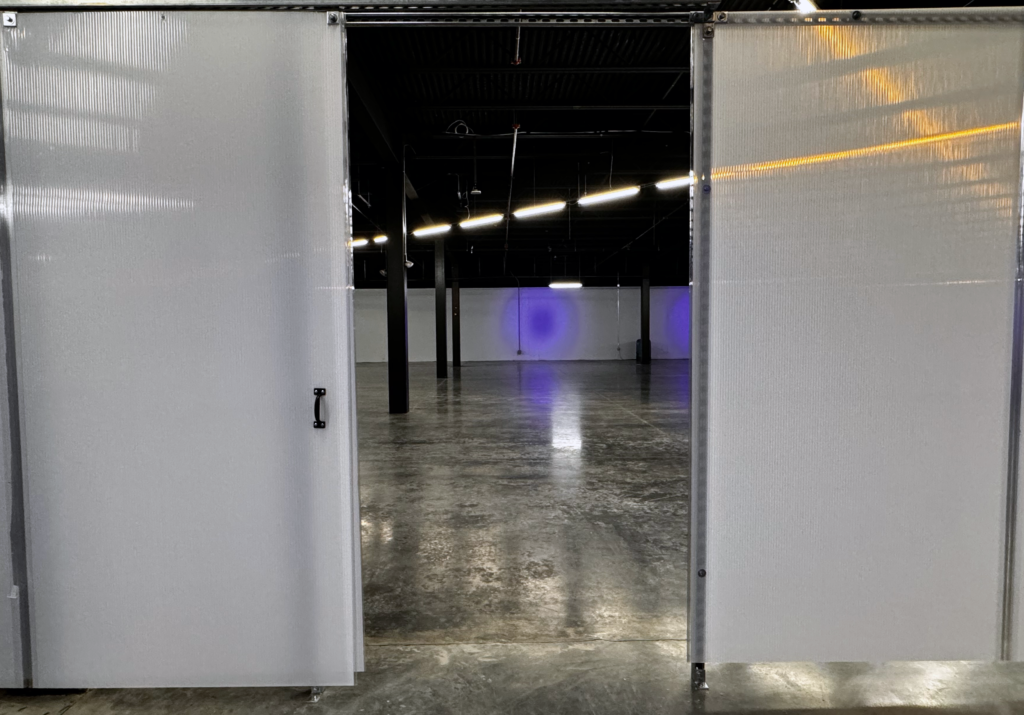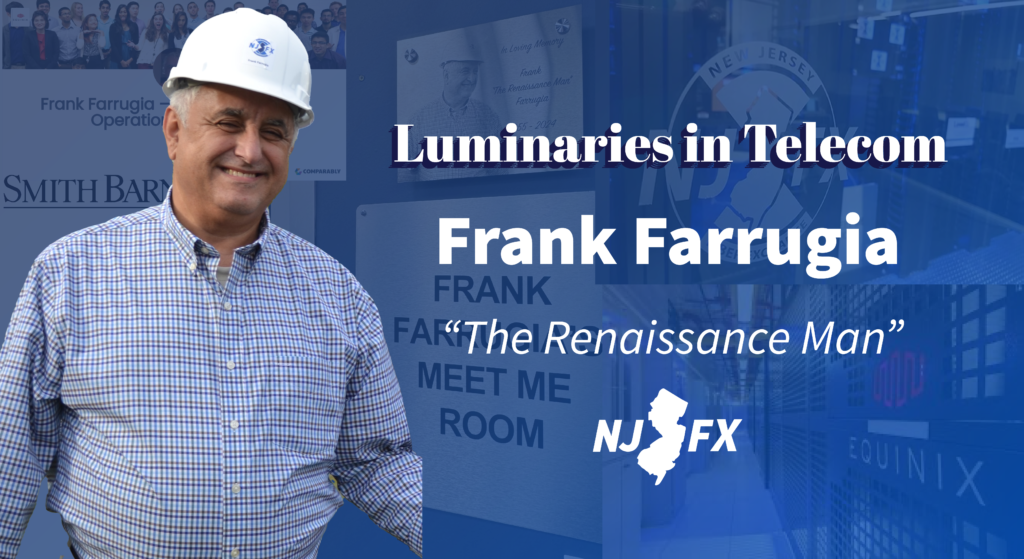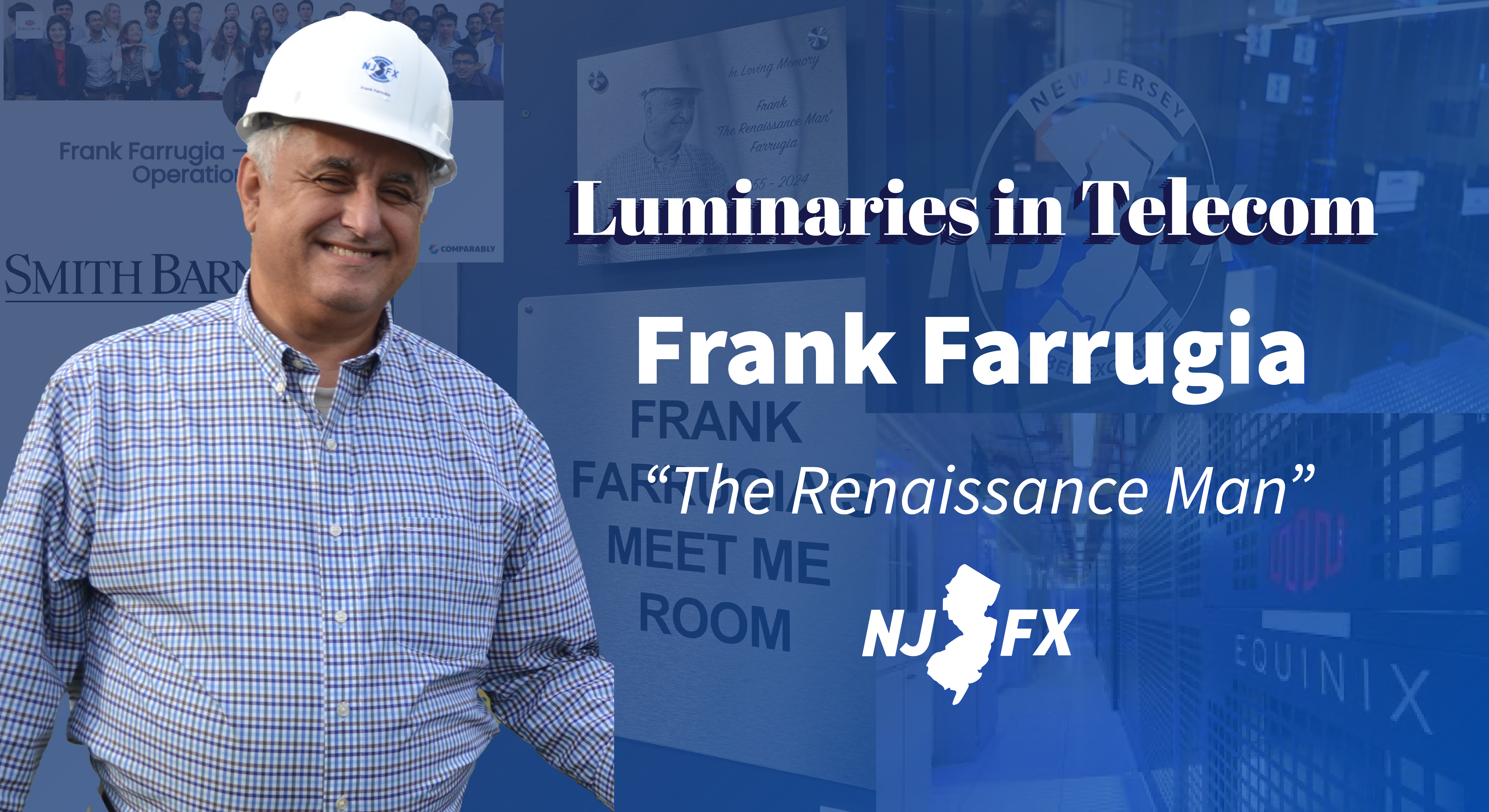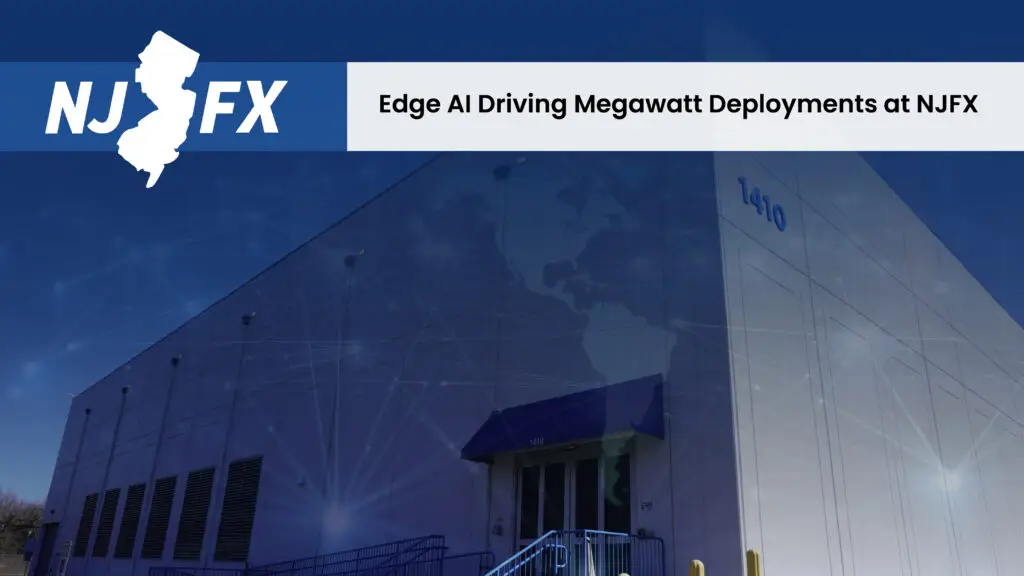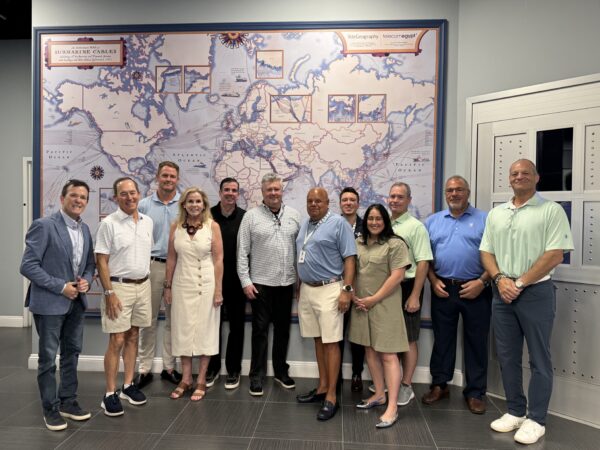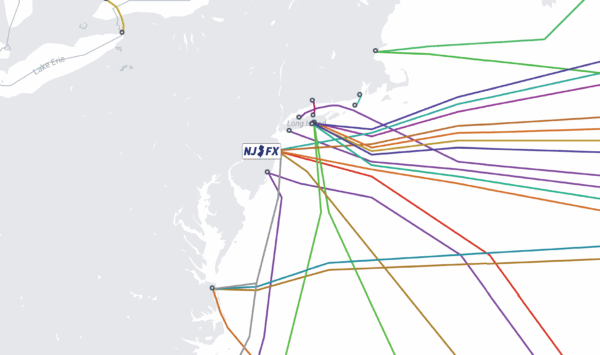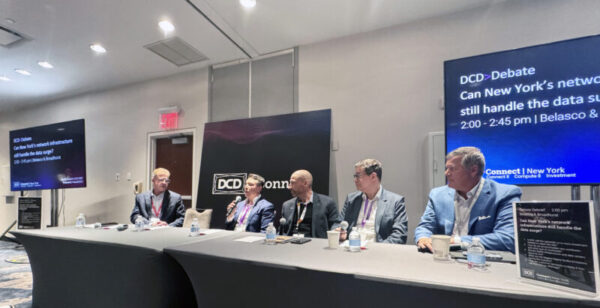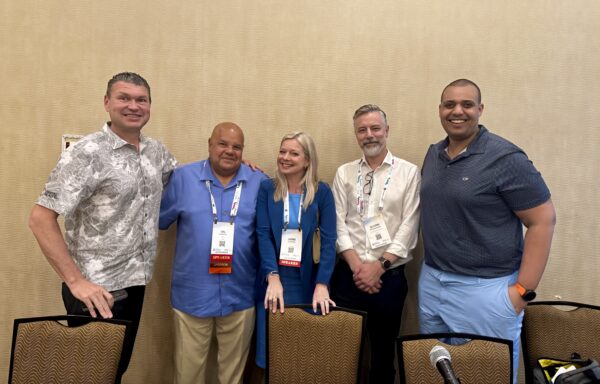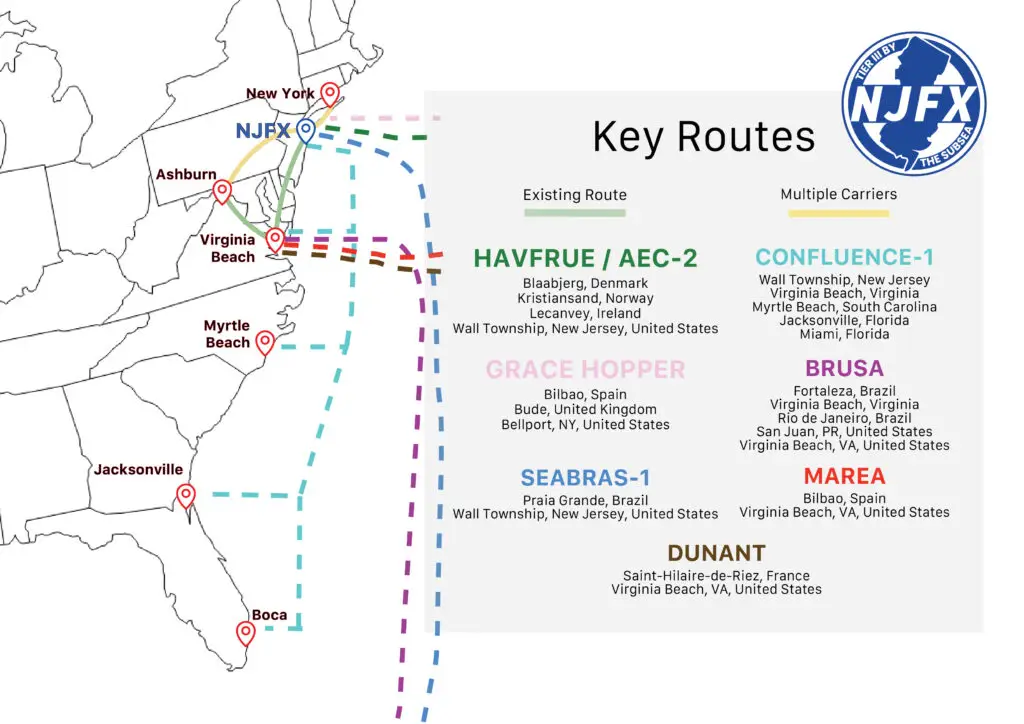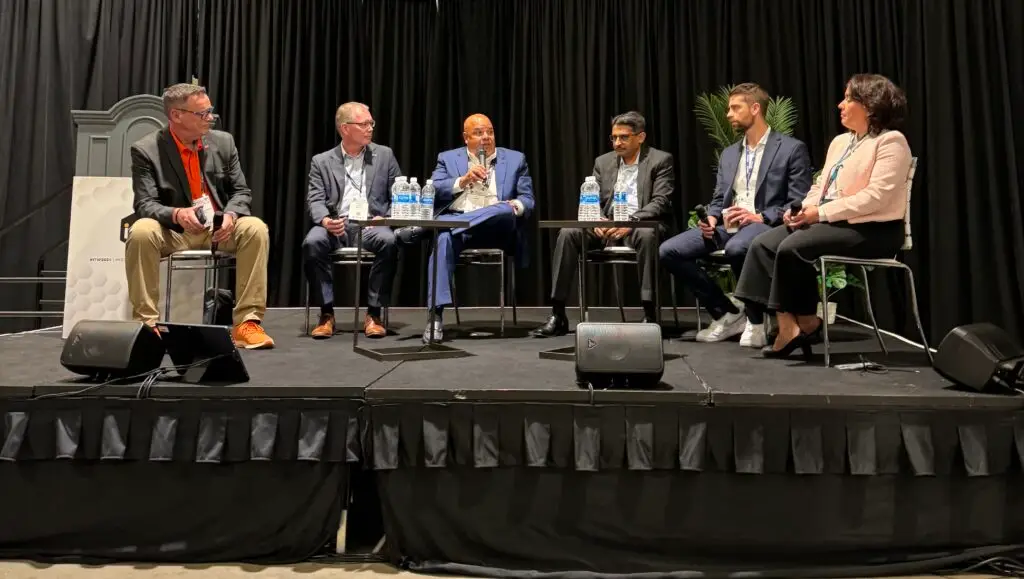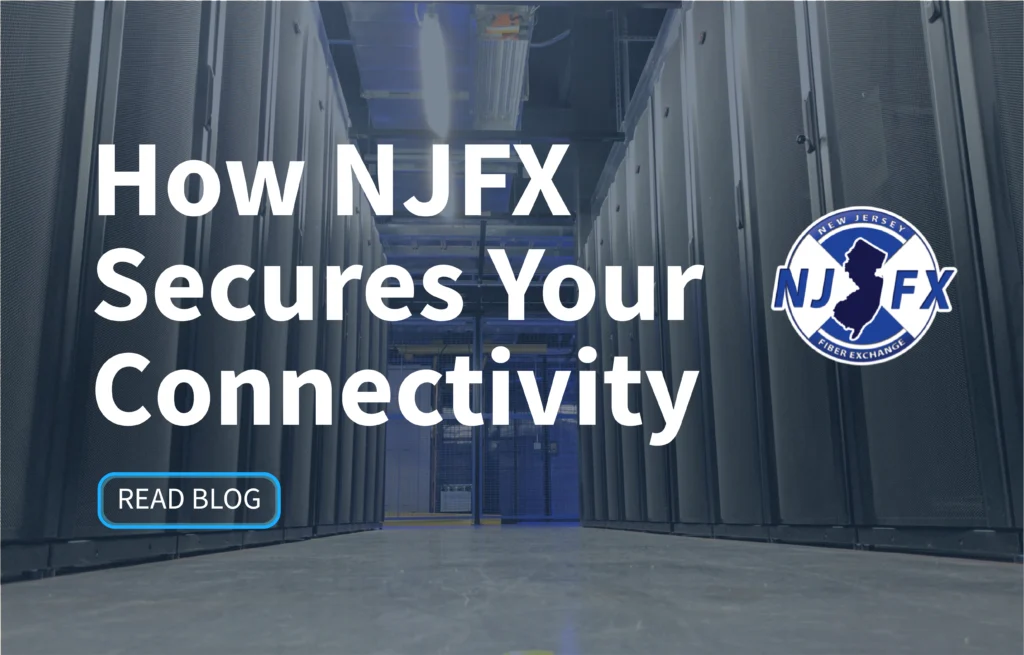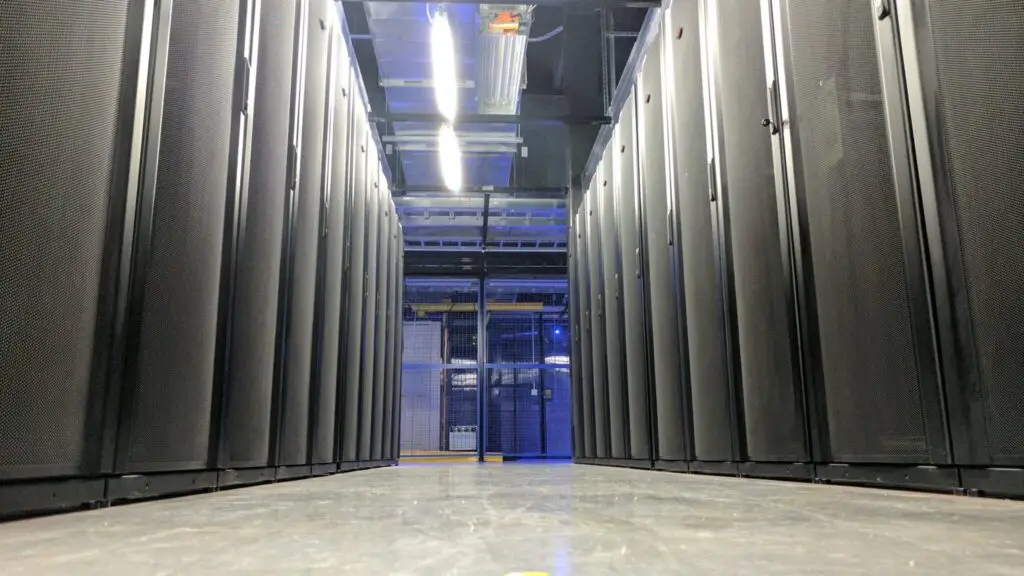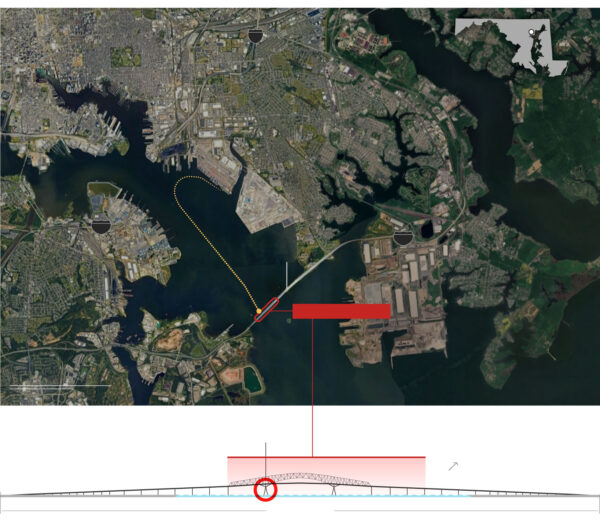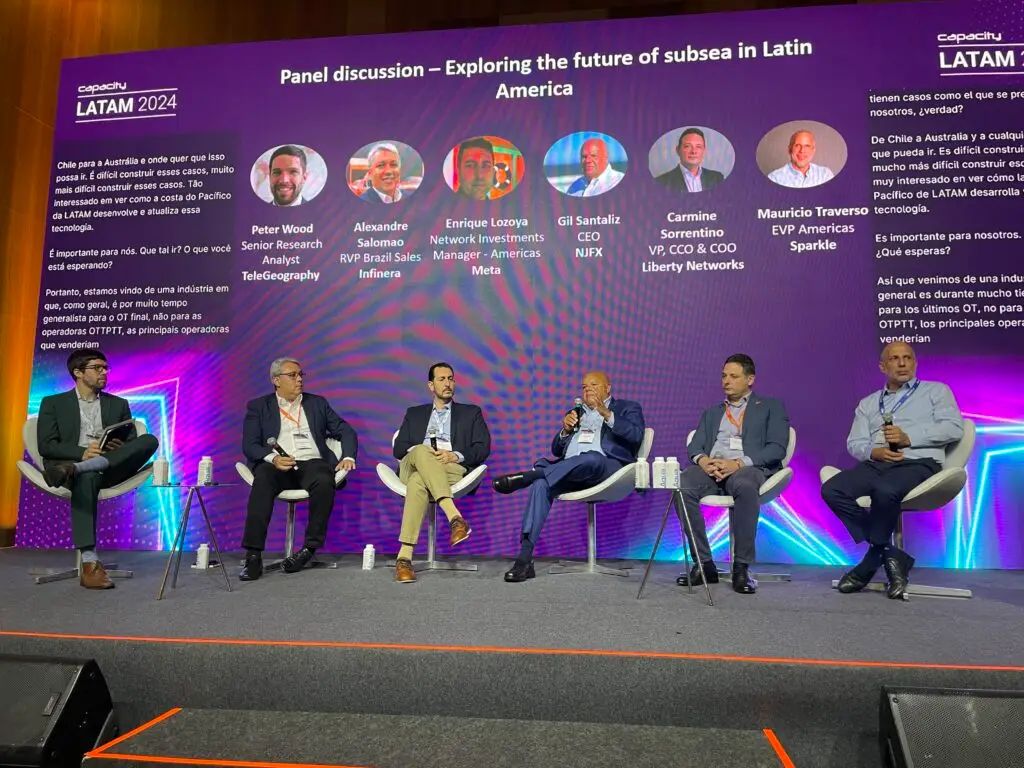A Wake-Up Call for Global Communication Resilience
A Wake-Up Call for Global Communication Resilience
An NJFX Article
Written by Emily Newman
Nov 22, 2024

The hidden network of submarine cables that crisscross our ocean floors has become the backbone of global communication and commerce. Recent events in the Baltic Sea have once again thrust the vulnerability of this critical infrastructure into the spotlight. As European officials investigate the Baltic Sea disruptions, we find ourselves at a critical juncture. The intentional targeting of submarine cables not only threatens to sever communication links between nations for extended periods but also raises alarming questions about the security of our digital world. NJFX has long recognized the strategic importance of these undersea lifelines. In February, NJFX’s Critical Infrastructure Forum brought together financial executives to discuss the political risks threatening global connectivity. Little did we know that just weeks later, similar incidents would unfold in the Red Sea further emphasizing the foresight of our concerns. In this article, we’ll explore the recent events, their potential implications, and why proactive planning and early collaboration are more crucial than ever in safeguarding our global networks. As we navigate these turbulent waters, the lessons learned may well determine the resilience of our digital future.
Recent disruptions to undersea internet cables in the Baltic Sea have raised concerns about potential sabotage and geopolitical tensions. On Sunday, a cable connecting Lithuania and Sweden (C-Lion1) was cut, followed by the disruption of a cable linking Finland and Germany (BCS East-West Interlink) on Monday. European officials have launched investigations into these incidents, which fit a pattern of attacks previously linked to Russia. In recent months, Russia has demonstrated increased interest in undersea cables, often patrolling near critical maritime infrastructure far from its own shores. This aligns with reports from US officials who, in September, warned that Russia was more likely to engage in potential sabotage operations. The timing and nature of these disruptions have heightened suspicions about Russian involvement, underscoring the vulnerability of vital communication infrastructure and the need for enhanced security.
The events early this year in the Red Sea have brought to light significant vulnerabilities in our global submarine cable and terrestrial network infrastructure. This is particularly concerning given our increasing reliance on digital connectivity worldwide. The over-dependence on just two main submarine cable systems (AAE-1 and SEA-ME-WE 5) for connectivity between Asia, Africa, and Europe, combined with the geographical bottleneck created by routing through Egypt, presents substantial risks. As we’ve seen, disruptions in one area can have far-reaching consequences on global connectivity. These challenges underscore the urgent need for more diverse routing options, increased collaboration within the industry, and improved adaptability to evolving global risks. As we advance into an era dominated by AI and other cutting-edge technologies, the resilience of our network infrastructure becomes increasingly crucial. The current situation presents an opportunity to reassess and reinforce our global connectivity strategies, ensuring that our foundational systems can robustly support the technological advancements of the future.
Subsea cables play a pivotal role in our interconnected world. These fiber optic cables running along the ocean floor form the backbone of the global internet and are crucial for international communications and financial transactions. Astonishingly, they carry between 95-99% of all international internet and voice traffic, highlighting their indispensable nature. In the realm of finance, nearly all cross-border transactions rely on these underwater lifelines, enabling real-time trading and international banking operations. The capacity of modern subsea cables is staggering with some capable of transmitting up to 160 terabits per second, meeting the ever-increasing demands of global internet traffic. For multinational corporations, these cables are essential to support seamless communication between global offices, enabling cloud services, and facilitating worldwide e-commerce. To ensure uninterrupted global connectivity, multiple cables often run between the same locations that provides crucial redundancy in case of damage or disruption. The security and maintenance of subsea cables have become major concerns for governments and businesses worldwide recognizing that any disruption could have far-reaching consequences for global communication and economic activities.
Network infrastructure faces various threats including sabotage, accidental damage, and natural disasters. Deliberate sabotage can involve cyberattacks on power grids or physical attacks on facilities, while accidental damage may occur from ship anchors damaging undersea cables. Natural disasters such as earthquakes, hurricanes, floods, and wildfires can also severely impact infrastructure. These events can lead to service disruptions, economic losses, and safety hazards. To mitigate these risks, organizations implement enhanced security measures, regular maintenance, redundant systems, and disaster response plans. They also work on improving infrastructure design for better resilience against various threats, aiming to minimize the potential impact on essential services and public safety.
NJFX’s Critical Infrastructure Forum marked a significant moment as the event brought together over 30 executives focusing on redefining cloud, IP, and global connectivity with a particular emphasis on supporting multinational banks’ applications. Key discussions centered on enhancing network infrastructure, enabling private backbone access to major cloud operators, and improving last-mile access solutions, especially in Latin America. The forum’s forward-thinking agenda proved prescient, anticipating many of today’s connectivity challenges. By facilitating these crucial conversations, we need to emphasize our pivotal role in shaping a future-proof, expansive internet infrastructure. This gathering of industry leaders not only raised awareness about critical infrastructure needs but also fostered collaboration, driving innovation towards a more connected and efficient global network.
Multiple cable routes ensure that if one line is damaged or experiences issues, data can still flow through alternative paths. This redundancy is crucial for maintaining global connectivity, especially for critical communications and business operations. Early collaboration between countries and companies is indeed vital in the development and maintenance of robust cable networks. Such partnerships allow for shared resources, expertise, and costs, which is particularly important given the scale and complexity of undersea cable projects. This collaboration can lead to more efficient planning, faster deployment, and better coverage of global communication needs. As our reliance on digital infrastructure grows, so does the need to protect these critical assets. Enhanced security protocols, regular monitoring, and rapid response capabilities are essential to safeguard against both physical threats and cyber attacks.
Emerging technologies for undersea cable protection include advanced sensors, stronger materials, and AI-powered monitoring systems. Meanwhile, alternative communication methods like satellite networks (e.g., Starlink) and high-altitude platforms are gaining traction as potential backups. This includes shared monitoring systems, joint research initiatives, standardized regulations, and collaborative disaster response plans. By working together, nations can better safeguard these vital communication arteries against physical damage, cyberattacks, and natural disasters to ensure a continuous flow of global data.
NJFX’s proactive stance highlights the importance of planning for future challenges in the rapidly evolving landscape of global connectivity. NJFX today can support 500kw with air cooled solutions amongst the developments of a 4.5-to-7.5MW liquid-cooled data hall with scalability in mind. These vital undersea arteries of information transfer underpin our increasingly interconnected world, facilitating everything from financial transactions to social media interactions. As we’ve seen from NJFX’s example, ensuring the security and resilience of these networks requires increased awareness and proactive measures from all stakeholders in the industry.
Moving forward, collaboration and comprehensive planning will be key to addressing the complex challenges facing our global communication infrastructure. Industry leaders, government bodies, and technology innovators must work together to develop robust strategies that can withstand both physical and cyber threats. By following the example set by forward-thinking organizations like NJFX, we can build a more secure, resilient, and efficient global network that will support the communications needs of generations to come. The future of our connected world depends on our ability to protect and optimize these crucial undersea links, ensuring uninterrupted global communication for years to come.
Want to learn how you can Expand your Network to New Heights
Reach out and talk to an expert today
Dive Deeper in NJFX News
A Wake-Up Call for Global Communication Resilience Read More »


